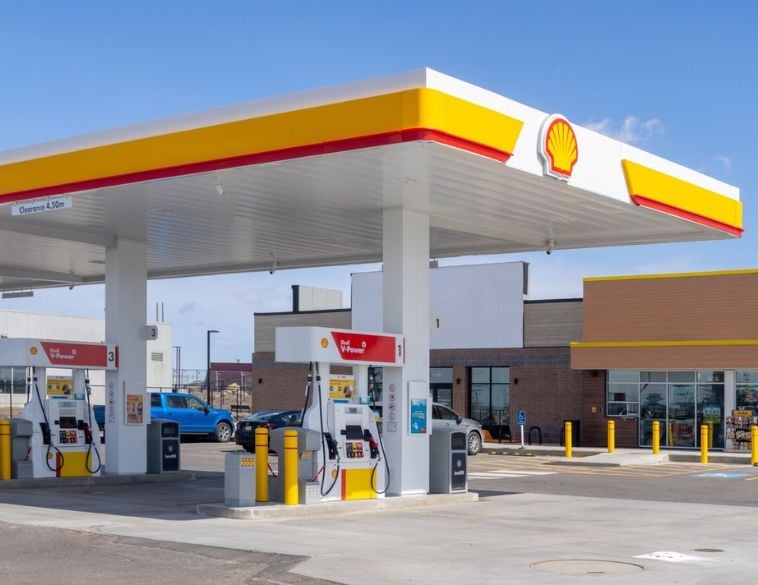Tips for staying strong in a weak market.
The bean counters may take some solace in the fact that they’re comparing today’s slowing numbers against some of the highest years we’ve ever seen, but that’s little consolation when fewer cars go out your door.
You need to set strategies to help maximize your business during these times, even as incentives rise and your profit margins go on a diet.
The first thing, of course, is to get your name out there. If you haven’t yet implemented a robust social media presence, this is where you need to focus your time and energy. It takes time, but unlike traditional print, radio or television advertising, the venue to get your message in front of your customer costs next to nothing.
Study after study shows that almost all customers do at least a portion of their shopping online, and if you’re not reaching them, someone else will. One report by Autobytel showed that 64% of shoppers bought a vehicle from a dealer within 24 hours of getting price and availability quotes from that store—and this means that information needs to be in front of them as quickly as possible.
Doing online right
start, but videos can work even better. Salespeople who appear in videos have a head start, because the customer who has watched it is seeing a familiar face when he comes through the door.
This is where you need to focus your resources. Your website needs to be updated regularly, along with your social media presence. Everything should be optimized for smartphones. Inquiries and leads from your online outlets need to be treated the same way as a ringing telephone in the showroom: answered immediately, and in the manner that person prefers, which might likely be a text rather than an email or phone call. These potential customers are contacting a lot of different dealers, and they’re going to go with the one who gets back to them first.
Make sure your listings are complete. In a study by Autotrader.com of dealer listings on its site, 29% didn’t include photos of the vehicle; 29% were missing descriptions of the vehicle; and 16% didn’t include a price. Among vehicles that were priced, 52% qualified for incentives or special pricing, but these weren’t mentioned. Imagine how many customers swiped right past all those deficient vehicle listings.
When new isn’t selling, prioritize used
When new vehicles aren’t selling, look at other areas that you can prioritize. If you haven’t been giving as much attention to used vehicles, put those front and centre, and make them attractive to buyers for whom a new vehicle is out of reach. Feature them in your online videos, and not just by walking down the line. Give each its own onscreen presence, with interior and exterior shots, a full description, and any extra features it has.
Consumers are increasingly becoming aware of CPO, and it’s an attractive proposition for buyers who are leery of used vehicles and will welcome a guarantee of quality and warranty coverage. Look through your inventory, and if something qualifies for CPO, start the process. When you advertise them, don’t assume the customer knows everything about it; on each and every CPO vehicle listing, include a line or two that explains what CPO is and its advantage to the buyer. It could be enough to tip an uncertain shopper over to your store. Everyone wants trucks and SUVs these days, and if your used lot is lean on those, try to bulk it up. Talk to owners when they come in for service with vehicles that are coming to the end of their financing. Some dealers even put up chalkboards in the service department, asking for any specific models they’re willing to buy.
Pare with care
When things slow down, a natural response is to look at ways to pare costs, but this needs to be done carefully to avoid falling into a downward spiral. You’ve probably been in retail stores that have laid off staff to cut expenses in the face of slowing sales— but then when you can’t find anyone to assist you, you get frustrated and leave without buying anything. You have to achieve a balance between staff expenses and customer expectations.
Look hard at your parts department’s inventory, which is among your largest investments. Big-ticket and slow-selling parts should be available by order only, not gathering dust on the shelf. Be especially vigilant if your OE offers add-on performance parts, which can tie up a lot of cash while appealing to a niche audience.
Keep the service department humming. Have staff phone or text to remind people about upcoming appointments; people are far more likely to show up if they’ve been contacted. A month or so before the winter tire swap seasons, start calling customers to book appointments.
There’s no single way to get around a decline. Instead, it’s a series of small measures. That might include internal sales incentives to move the oldest stock, bird-dog rewards for employees who bring in buyers, or open house events. Ultimately, every little bit helps.






 ANJOU
ANJOU Permanent
Permanent


